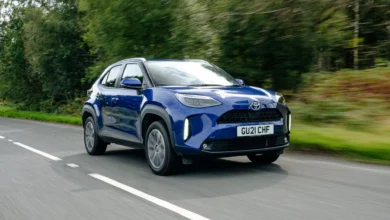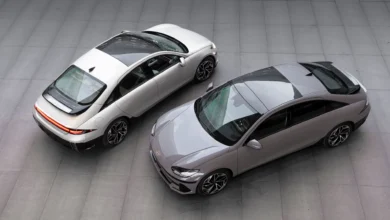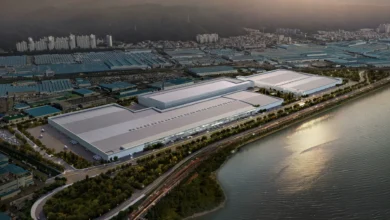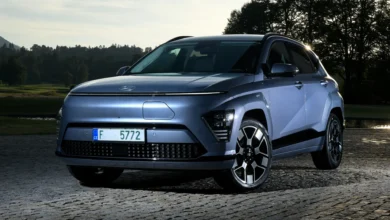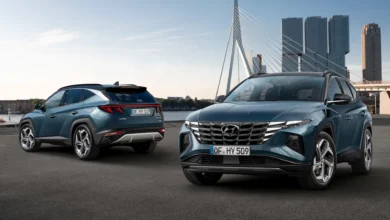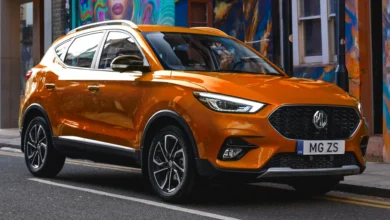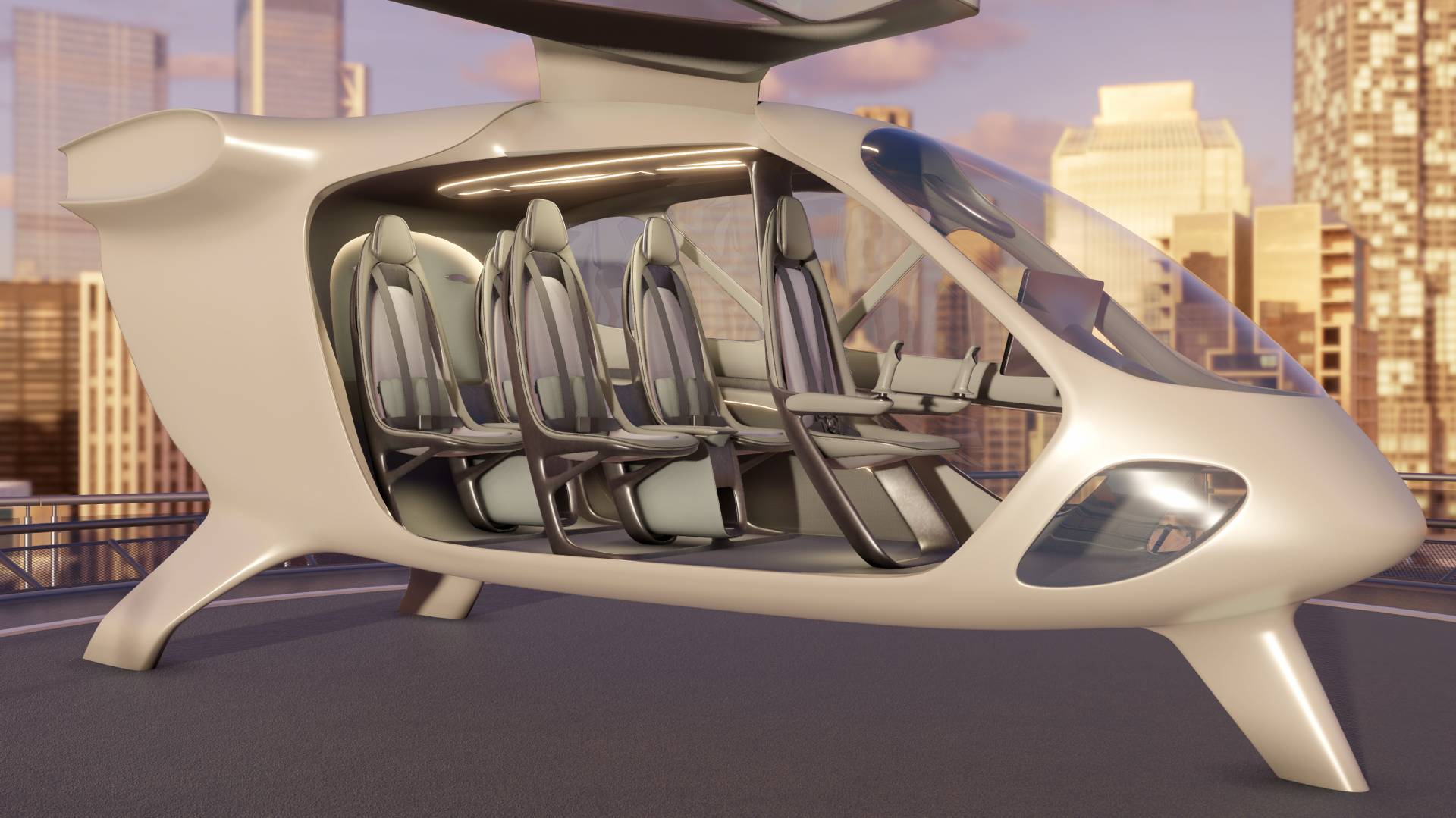
Supernal is a company created by the Hyundai group dedicated to exploring the many possibilities of electric air transport. Now, it has shown its first design that seeks to electrify short-distance commuting in just six years.
This prototype has been officially shown for the first time during the Farnborough International Air Show and is placed as a preview of the next commercial passenger aircraft that is scheduled to begin work in the United States in 2028.
As we can see, it has a body that has been designed by the Hyundai team, who have applied their experience in shaping a vehicle with room for five passengers. A design that, according to the manufacturer, “embodies the philosophy of biomimicry -a butterfly in this case- and the pillars of the Company: safety above all else, human-centered design and environmental responsibility”.
It has a light and resistant interior cabin thanks to the use of forged carbon fiber. The seats have an ergonomic contour to make travel more comfortable. Drop-down seat consoles mimic car center consoles and offer a charging station and storage compartment for personal items. A 1+2+2 cabin layout, inspired by automotive space innovation with a minimized bulkhead allowing generous headroom.
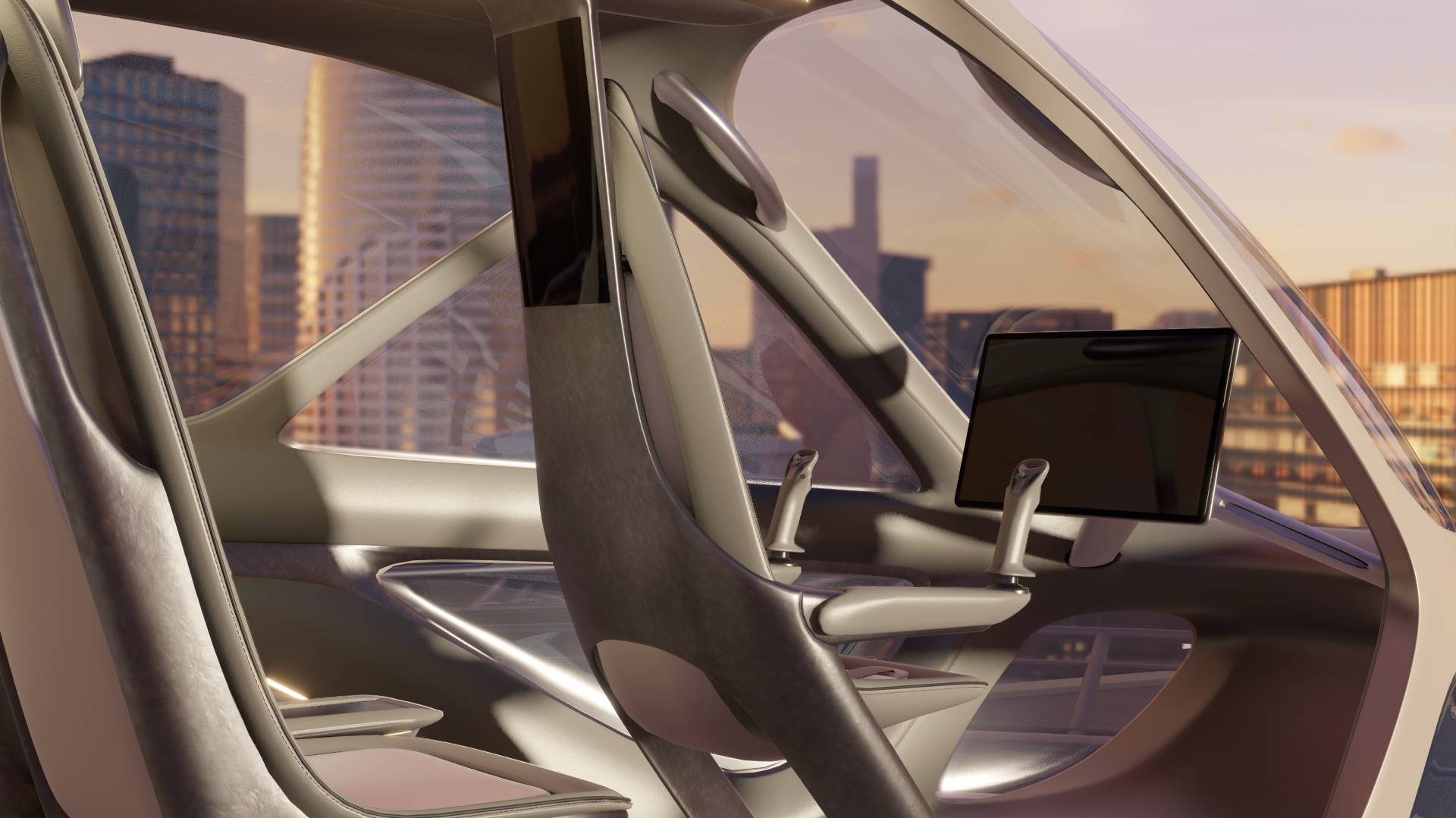
With sustainability at the forefront, the cabin concept incorporates materials such as advanced thermoplastic reinforced with recyclable carbon fiber, durable plant-based leather, recycled plastic fabric, and responsibly sourced woods. The seat shell also uses raw material left over from the fuselage manufacturing process.
Hyundai wants to certify the Supernal eVTOL for commercial use beginning with the United States in 2028, followed by Europe and the United Kingdom later.
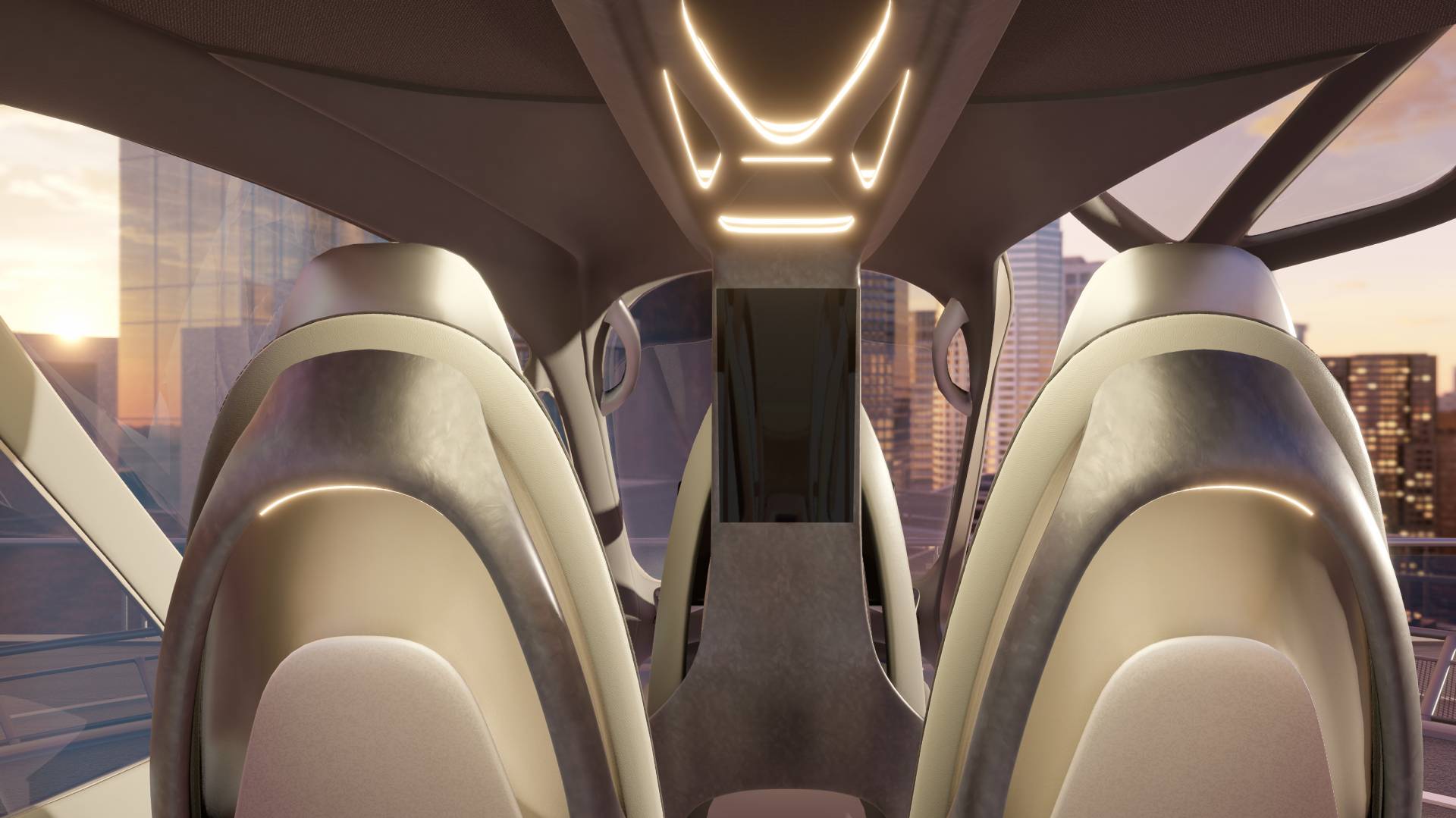
In addition to a battery-powered model aimed at the short-haul urban mobility market, Hyundai is also working on mid-size hydrogen-powered solutions for mid-haul regional systems, which will be able to carry both passengers and cargo, and which are expected to start their flights in 2030.
